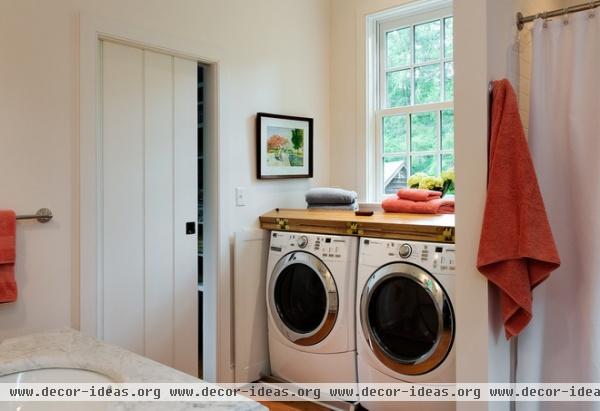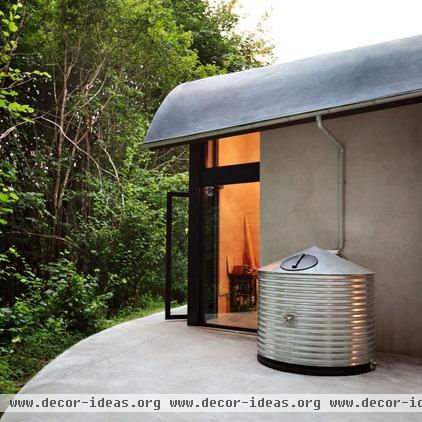Water Sense for Big Savings
http://decor-ideas.org 01/08/2014 07:22 Decor Ideas
Who can forget that classic water-saving tip, “Save water; shower with a friend”?
While there may not be many more enjoyable ways to save water, new technologies and products have enabled a whole universe of options for how homeowners can save water, save money, help the environment and maybe have a little fun doing so.
Many water-saving strategies are easy DIY projects too. Even switching out an old toilet isn’t difficult; to make it easier, some manufacturers are including everything needed, including the tools, in the box with the new toilet.
So let’s make 2014 the year we make our homes more water efficient. Here are a few things you can do.

According to the Environmental Protection Agency, home toilets account for almost 30 percent of household water use. So it stands to reason that replacing older toilets, especially those built before the mid-1990s, when the manufacturing of water-wasting toilets stopped, makes environmental and financial sense.
With improvements in flushing technologies, low-flush (including dual-flush) toilets can be easily purchased and installed. And many local governments offer financial incentives to replace older, 3.5-gallon-per-flush toilets with newer, low-flush toilets.
For example, where I live in Pasco County, Florida, there is a $100 government credit for installing a low-flush toilet. Between incentives like this and an average $90 per year in water savings, it seems that replacing an old toilet would pay for itself in the first year. Doing right by the environment and keeping more money in your pocket is a definite win-win.
And don’t just stop at replacing your older toilet with a new 1.6-gallon-per-flush model. Save more water and money by installing a dual-flush unit that uses less than 1.3 gallons per flush for solid waste and less than .8 gallon per flush for liquid waste.
See how to install a new toilet

While we’re talking about bathrooms, consider replacing your old showerheads and valves, especially if your existing valves aren’t the antiscalding type. (You know the old type. When the toilet in the hall bathroom gets flushed, burning-hot water comes out of the showerhead. Yikes!)
Older showerheads use 2.5 or more gallons per minute of water, while the newer ones use as little as 1.5 gallons per minute. That 1-gallon-per-minute savings can be quite a bit, especially in a home with teenagers, who have a penchant for 30-minute showers.
The good news is that these efficient showerheads use pressure to make up for lower water flow, so you won’t even feel like you’re saving water. Check out this neat calculator to see just how much you can save.

In the market for a new clothes washer? The newer, energy- and water-efficient models can save as much as 20 or so gallons of water per wash. If your family is anything like mine, you could easily save at least a few hundred or more gallons of water per week. And this doesn’t include the energy savings resulting from using less heated water.
Some local governments provide incentives for using water-efficient washing machines. For example, the water authority of Albuquerque, New Mexico, offers a $100 rebate to those who replace an old washer with a new one. It makes sense to check out if there are any incentives in your area to help you save money and water at the same time.

Harvesting rainwater is another really good way to save water. Using it to irrigate lawns and even as the source for graywater in your home would replace the need to use treated and conditioned water where it’s not needed.
And this is an easy DIY project. Rainwater barrels can be purchased at many retailers, and some water companies give them away for free. You can even, though it’s a bit more work, build your own cistern to hold harvested rainwater.
Other uses, in addition to lawn irrigation, for harvested rainwater include using it to wash cars, to fill swimming pools, as graywater for toilets, to fill fish ponds and, when treated, as potable water for daily use.
Are you saving water at home? Please share your best tip with the rest of us.
Related Articles Recommended












